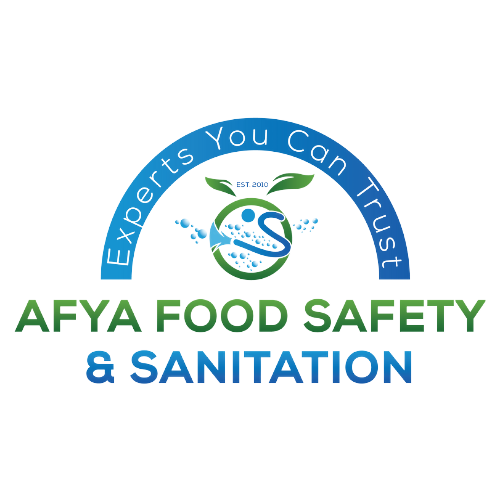
Please Wait For Loading

Please Wait For Loading
Maryland, MD USA
+1 (443) 666-9132
info@afyafoodsafety.com
Opening Hours: 9:00 AM - 5:00 PM
Copyright ©Afya Food Safety all rights reserved.
You can also reach us via Phone: +1 443 666 9132 or via Email:info@afyafoodsafety.com
Assessing the Environmental Hygiene Factors in Food Manufacturing Facilities
Introduction
In the food processing sector, ensuring the safety and quality of food items is key. Achieving this goal requires maintaining a high degree of environmental cleanliness. Environmental hygiene variables must be correctly identified and managed to prevent contamination, and food-borne illnesses, and to ensure industry compliance. In this blog post, we’ll look at practical ways to maintain the highest levels of hygienic practices and safety in food processing facilities while highlighting the key factors that go into assessing environmental hygiene.
Environmental Hygiene in Food Manufacturing
Environmental hygiene encompasses the conditions, practices, and procedures in a food manufacturing facility that contribute to maintaining a clean and safe working environment. It involves assessing various factors that can influence the quality of the food produced, including air quality, water sources, sanitation practices, waste management, and pest control, with the primary goal of preventing contamination and maintaining optimal conditions throughout the entire food production process, from raw material reception.
Key Components of Environmental Hygiene
Air Quality
Maintaining proper air quality is crucial in preventing the spread of airborne contaminants. Efficient ventilation systems are essential to control dust, particulates, and potential cross-contamination within the production area. Regular monitoring and maintenance of these systems ensure the air quality meets stringent standards.
Water Sources and Treatment
Water is a fundamental ingredient in food production, and its quality significantly affects the final product. Assessing the source and treatment of water used in production processes is vital to prevent microbial contamination. Thorough testing, adherence to approved standards, and responsible water management practices are integral components.
Sanitation Practices
Effective sanitation practices are the backbone of environmental hygiene. Establishing rigorous cleaning schedules, using appropriate cleaning agents, and adhering to validated cleaning methods are vital to eliminating potential hazards and minimizing the risk of cross-contamination.
Waste Management
Maintaining an orderly waste management system is crucial for upholding cleanliness and deterring pest infestations. Adhering to waste separation and disposal procedures in accordance with regulatory guidelines guarantees a sanitary workplace and reduces the potential for contamination risks.
Pest Control
The presence of pests in the production area highlights the potential introduction of harmful pathogens, emphasizing the significance of effective pest control. Conducting routine inspections, adopting integrated pest management (IPM) strategies, and maintaining proactive monitoring are vital measures to avert infestations and prevent instances of contamination.
Conclusion
Understanding environmental hygiene in food manufacturing is a fundamental pillar of producing safe, high-quality products. Contaminated air, water, equipment, or surfaces can introduce pathogens or allergens, leading to compromised food safety. Poor sanitation practices can result in cross-contamination, off-flavors, and product spoilage. Neglecting waste management and pest control can also introduce risks that affect food integrity. Prioritizing environmental hygiene, safeguards consumer health, preserves brand reputation and contributes to a resilient and trustworthy food supply.
Related Posts
Categories
Antibiotic Resistance: A Growing Threat to Food Safety
April 17, 2025Understanding Cross-Contamination: A Major Food Safety Risk
March 31, 2025Calender